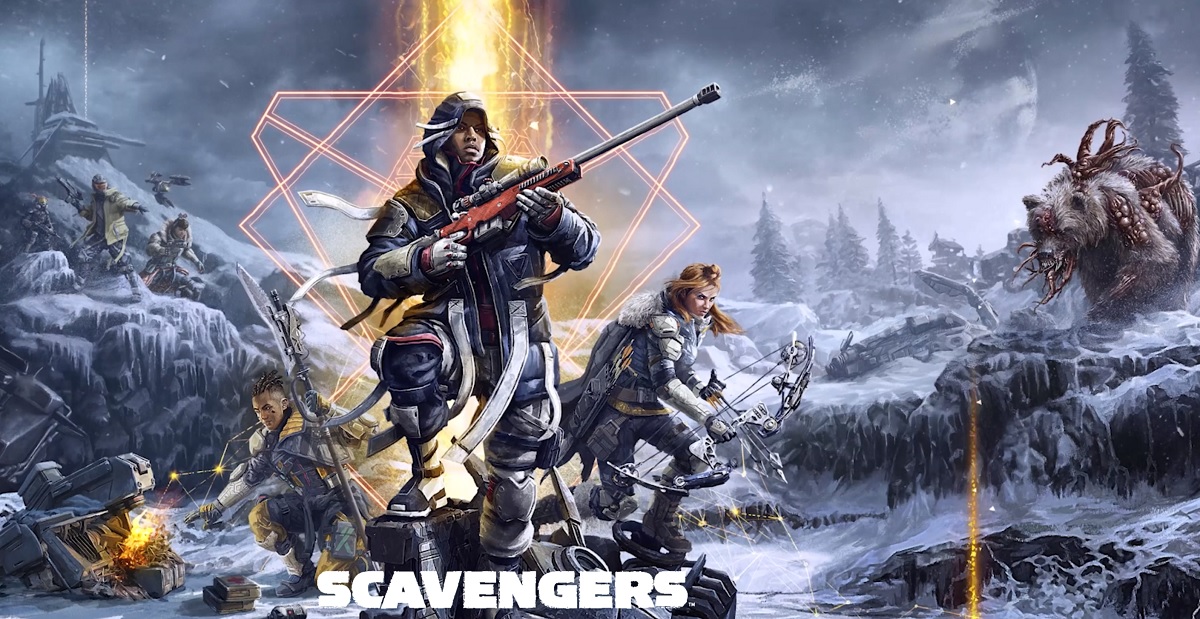Scavengers aims to be a unique strategic survival battleground game where teams of players fight other teams and also fight off dangerous monsters at the same time in a snow-bound world. It could also be the first major title that shows off Improbable‘s new computing platform for online multiplayer games.
Improbable has had a harder time fulfilling the promise of its SpatialOS operating system for games than it expected. Originally, the company pitched Spatial as a distributed OS that could enable vast worlds that were much bigger than those in current massively multiplayer online (MMO) games, with more characters, flora, and pure square mileage of real estate.

Unlock premium content and VIP community perks with GB M A X!
Join now to enjoy our free and premium membership perks.
![]()

![]()